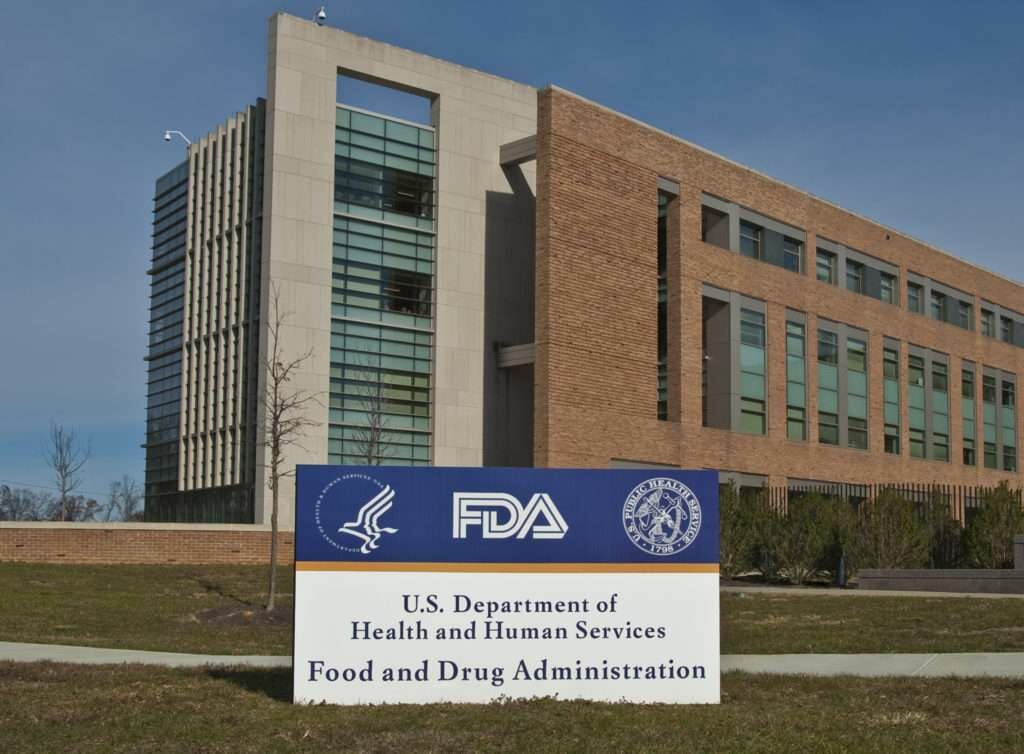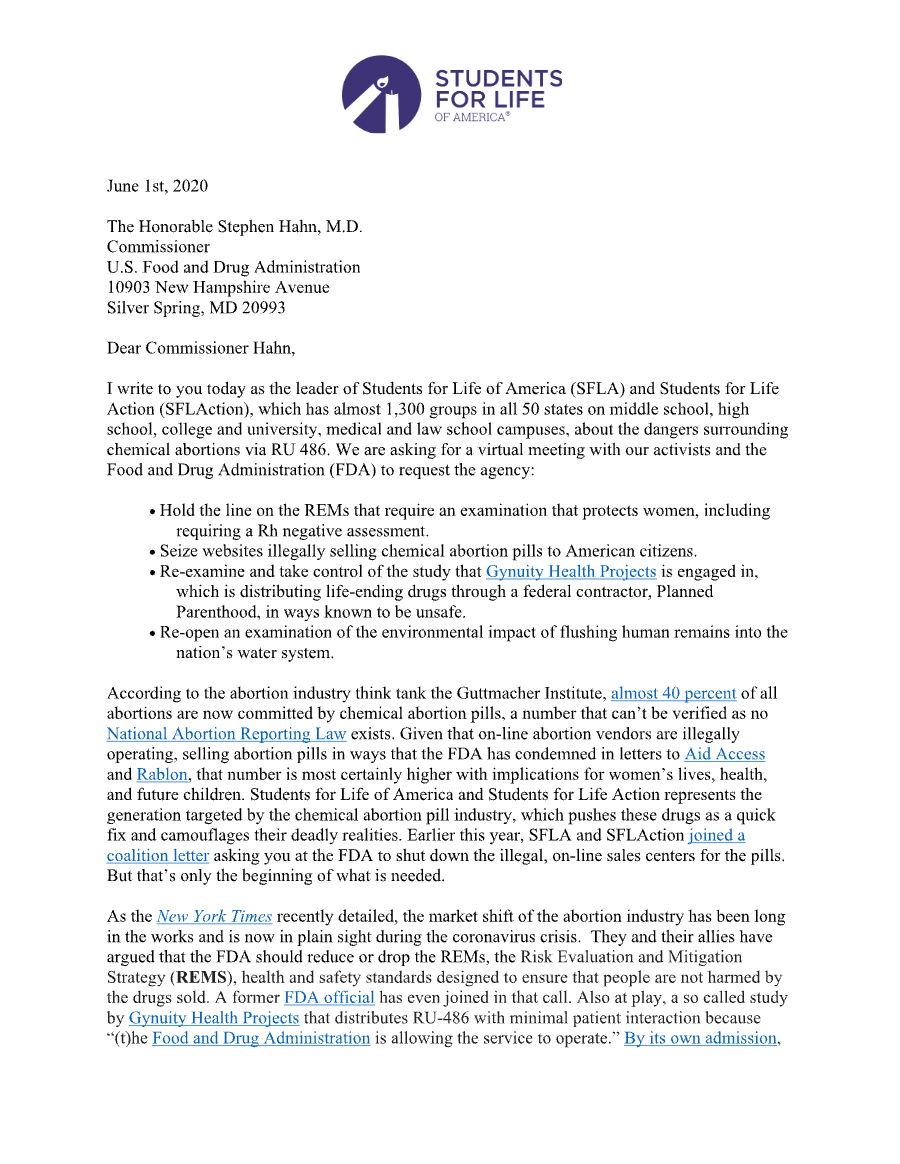
In December of 2021, Biden’s FDA decided to gut health and safety regulations for chemical abortion pills. One of the chemical abortion drugs, mifepristone, which was approved by the FDA in 2000, has resulted in the deaths of at least 26 women. That’s why the further removal of health and safety standards is a big deal that needs to be talked about.
Chemical abortion (also known as RU-486, medical abortion, at-home abortion, self-managed abortion and pill abortion) is the abortion of a human typically in the first trimester using powerful drugs called Mifepristone and Misoprostol. For an understanding of just how chemical abortion works, watch this non-graphic video for an explanation by a former abortionist.
Abortion pills account for 54% of all abortions prior to 10 weeks; yet even before the FDA’s crippling of the safety standards, the regulation of the drugs was abysmal across the board.
Abortion facilities nationwide advertise sale of the pills up to varying gestational ages, including those which exceed the FDA’s safety recommendation of 70 days (10 weeks) LMP. And if you search “medical abortion” online, you’ll find results containing many different assertions as to the cutoff for “safe” chemical abortion, ranging anywhere from 5 weeks to 15+ weeks.

However, the disregard for women’s safety doesn’t stop there; it is blatantly obvious in research about chemical abortion, too. For example, a “recent retrospective case study of abortions at 13 or more weeks gestation provided by Women on Web between 2016 and 2019” turned up some frightening results.
After buying Mifepristone and Misoprostol online and taking them home…
- 10% of women reported a continuing pregnancy.
- 29% reported adverse events (heavy bleeding, fever).
- 43% needed to seek subsequent medical help from a health provider.
- 18% of all cases required a subsequent surgical abortion.
Another study by the Charlotte Lozier Institute found that the risk of women going to the emergency room after an abortion had increased by more than 500% since 2002—a huge leap in the wrong direction for the safety of women.
These are not good numbers.

However, the abortion-friendly researchers (including Rebecca Gomberts, who founded an international abortion pill conglomerate) concluded, “Provision through telemedicine at 13 to 15 weeks appears to be safe and effective.” Those numbers don’t add up to that conclusion; safe for whom, exactly?
The rise of chemical abortion makes it hard to argue that the motivator isn’t money, given that the plan seems to be to sell pills and abandon women to whatever happens next. The abortion lobby has fought to remove safety regulations, ignored research that clearly says women are hurt by it, and even advised women to lie to their doctors if the chemical abortion goes awry and they need to go to the emergency room.
The Atlantic notes: “However, if women using these regimens experience heavy bleeding or some other complication—as about 3 percent of women have—they are generally advised to go to a hospital and say they had a miscarriage.” (However, to clarify, 3% of women who seek chemical abortions is 7,435 annually—not a small number at all).

With only false information to work with, doctors’ attempts to heal or even save the post-abortive women are at a disadvantage. And for what? How does it benefit a woman to lie to her doctor? It doesn’t—but it’s certainly good for the producers and dispensers of chemical abortion pills as it allows them to continue distributing dangerous drugs for profit.
We should be wholly concerned about this new era of chemical abortion, especially now that the FDA has effectively removed doctors from the picture. If you’d like to learn more about chemical abortion, click the links below.
Share this post
Recent Posts

Abortion Brags from Lily Allen & Hat from Cynthia Nixon Enrage Even Pro-Choice Americans. Can the Pro-Life Generation Take Some Credit?
11 Jul 2025
Young Mom Prayed for God’s Hand on Her Child – At Her Ultrasound Appointment, THIS Happened
11 Jul 2025
Letter to the FDA Regarding Chemical Abortion Drugs June 2020
10 Jul 2025
